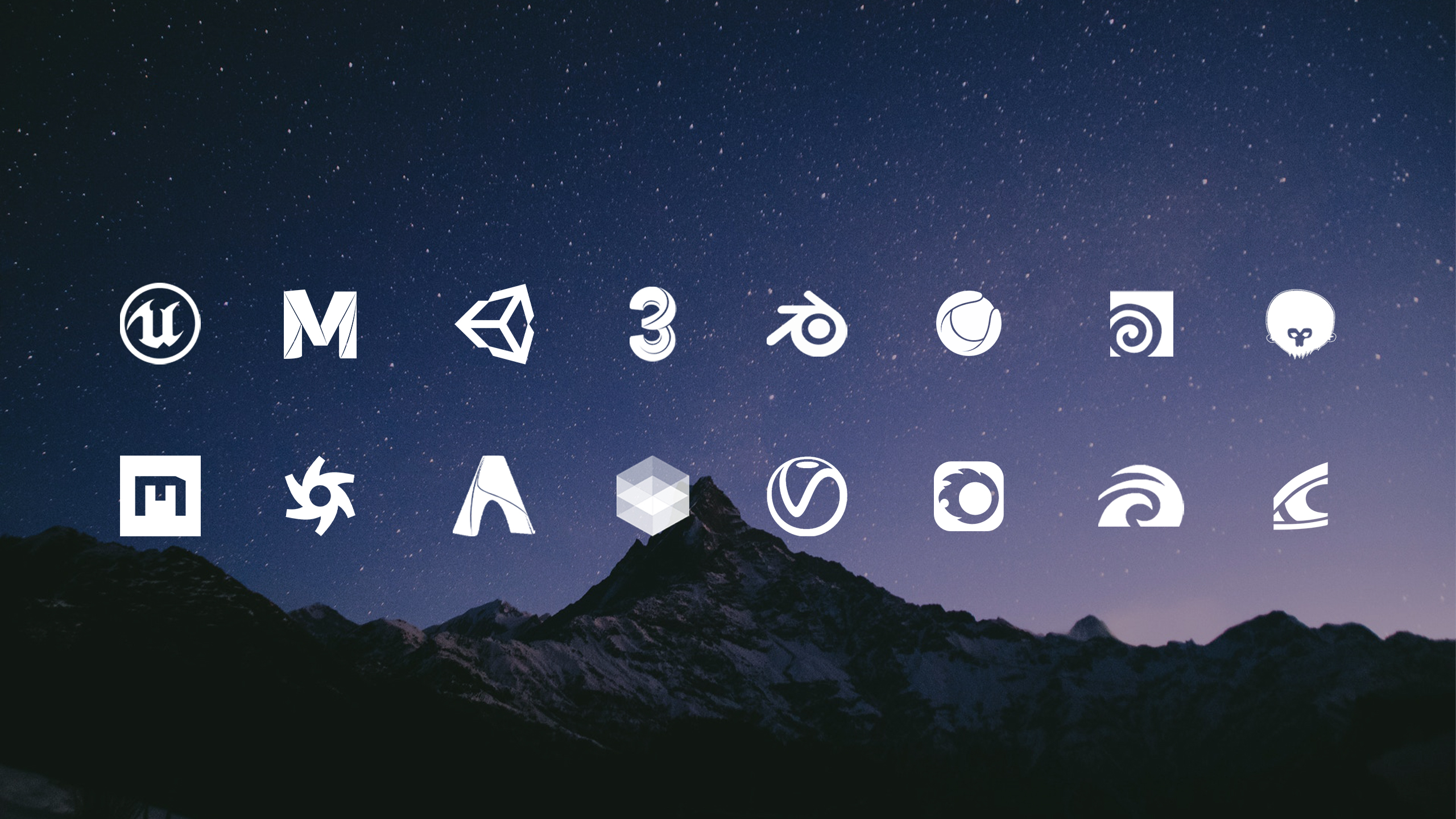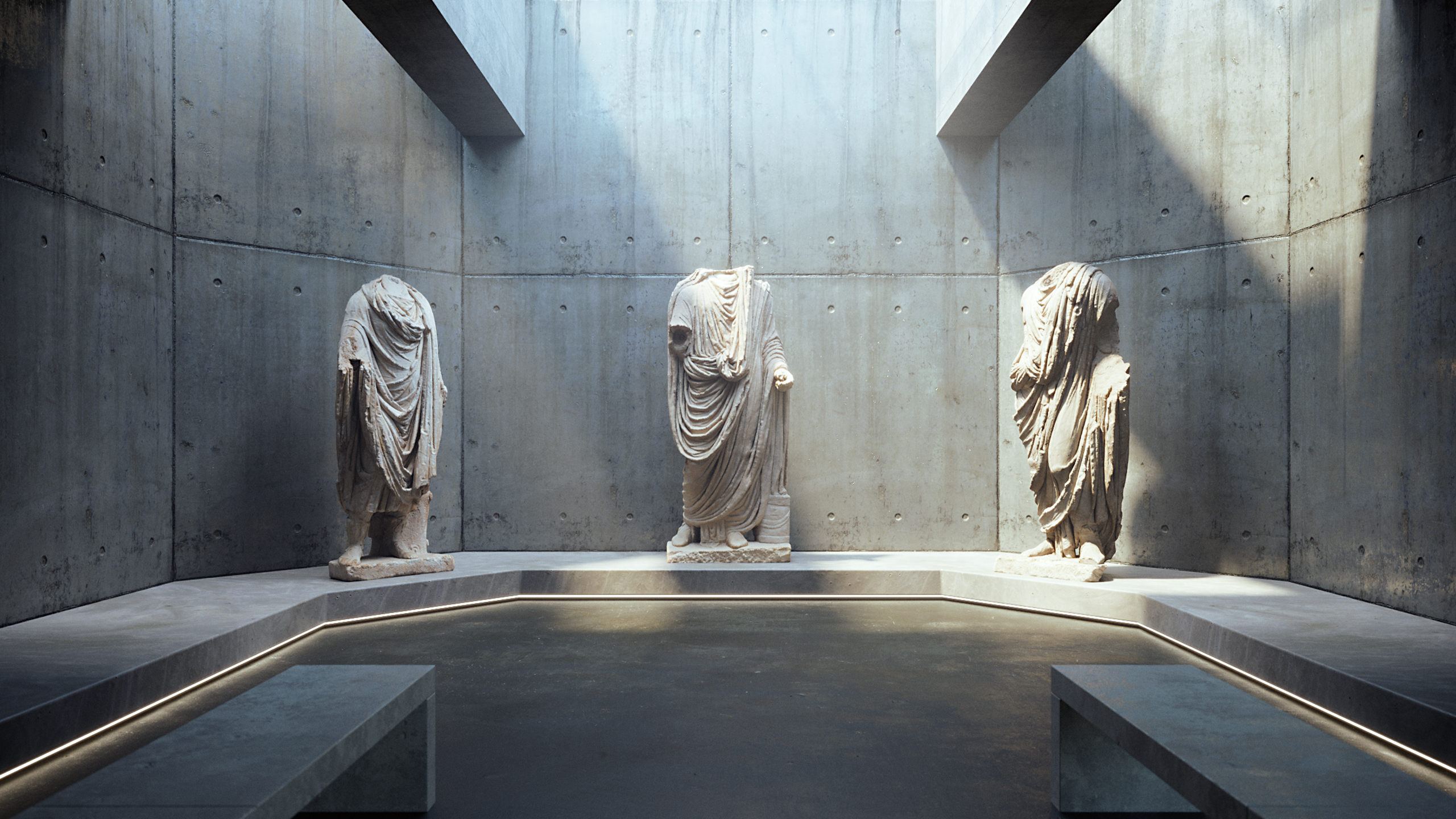Quixel Bridge 2019.2: Empowering New Workflows
With a brand new side pane, 3D viewport, Blender, Cinema 4D and Mixer integrations, Bridge 2019’s first update redefined content management workflows, and we couldn’t be happier to see users exporting tens of thousands of assets every month.
Today, Bridge 2019.2 is another step forward in that direction, this time focusing on propelling new industry formats and workflows.
Before we dive deep into this update, do keep in mind that beyond this update’s Megascans-driven workflow, Bridge allows you to import Mixer surfaces (in Mixer, go to File > Export to Library) and even your own custom-made assets as well (in Bridge, go to File > Import File — or drag and drop your files or folders right on the library).
USD/Z – The Future is Now

Our industry is an ever-changing landscape, and every now and then new formats pave the way for modern workflows. Pixar’s USD (Universal Scene Description) is one of them, and we’re excited to support it early in its lifecycle.
The format’s goal is to unify all modern offline and real-time workflows, by providing one format that allows users to send any given scene back and forth between multiple applications and/or renderers. USD is currently being used in almost all VFX productions and is set to truly revolutionize the interchangeability of scenes between tools.
Bridge 2019.2 adds support for USD and improves the 2019.1 implementation of Apple’s USDZ, a custom iteration of Pixar’s format. Read more about USD right here.
Bridge is the only cross-platform USD converter on the market, and we hope to keep pushing the boundaries of USD support with the help of partners like NVIDIA.
We’ve also been working closely with NVIDIA to bring support to their MDL (Material Definition Language) format, a new material system that allows you to share physically based materials and lights between supporting applications.
One-Click Integration for Clarisse iFX

Clarisse iFX is a powerful CG toolset for set-dressing, look dev, lighting, and rendering. Its modern workflow is being rapidly adopted by solo artists and companies alike, and this Bridge update provides a fully-fledged LiveLink for Isotropix’s software. Available on all platforms (macOS, Windows, and Linux ).
The Central Hub of your Pipeline
With an ever-growing range of integrations and supported formats, Bridge 2019 gives you an unparalleled experience for all your content management needs.

Bridge supports all major 3D applications, render and game engines. Clarisse is the latest addition to this list, with even more software integrations coming soon.

FBX, OBJ, MDL, USD and many other formats are all supported by Quixel Bridge, giving you access to current standard workflows as well as upcoming ones.
Bridge Sync – Scalable Library System
In 2019’s first release we introduced Bridge Sync. In this release, we are expanding this feature, so you can choose to sync the entire Megascans library as before, or choose to only sync your purchased assets on the host machine. Your team of artists can then access your synced asset over the local network, importing them to personal machines as needed.

This new option makes Bridge Sync available to all studios, even those that don’t have unlimited access. This is a great opportunity for distributing a curated or art-directed collection of assets to your teams.
If you want Bridge Sync for your team, just send us an email and we’ll get you set up right away.
Linux Support for Maya, 3D Viewport and more…
This update is filled with new additions and other, smaller improvements. Here’s a small list of these changes:
— The Autodesk Maya LiveLink now supports Linux, a must for VFX production companies.
— USDZ is now cross-platform and works on Mac, Windows, and Linux. The format now converts the FBX and OBJ formats to USDZ, and no longer requires XCode to work.
— The 3D preview shaders have been improved to give you an even better PBR implementation.
Visit our forum for full release notes and let us know what features you’d like to see next.



